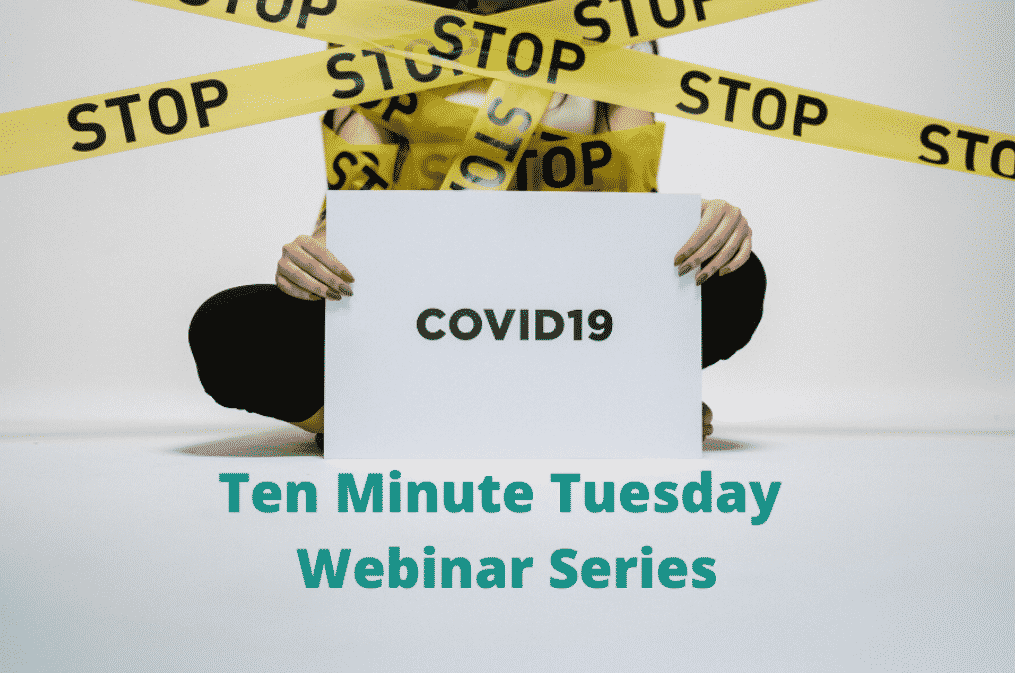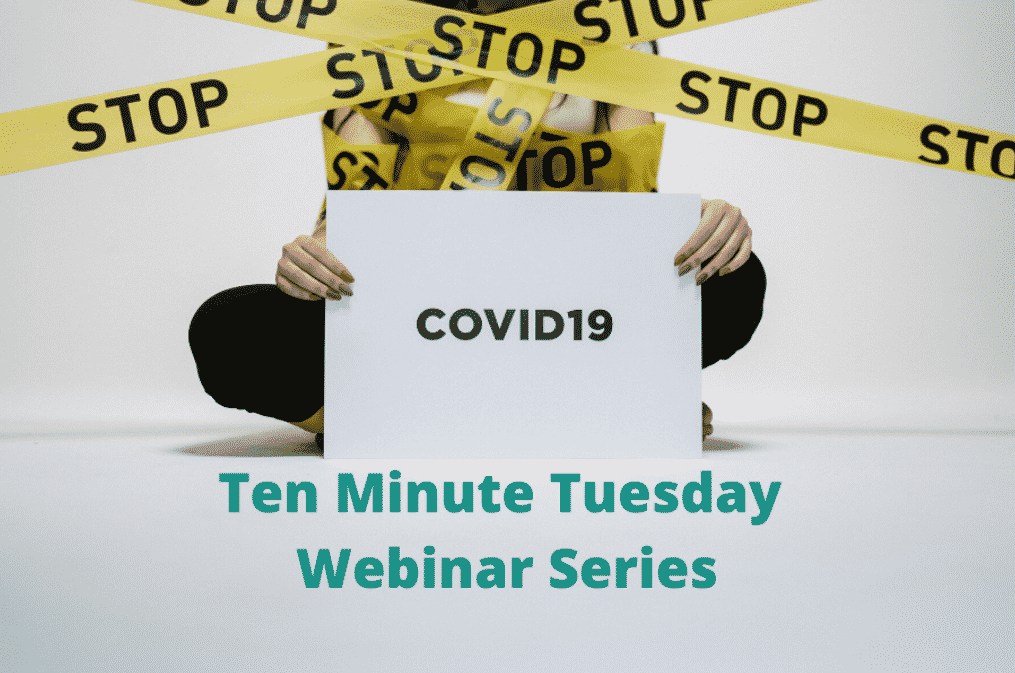FFCRA: New Rule and Guidance from the DOL and IRS
The DOL has released rules related to administration of leaves under the Families First Coronavirus Response Act (FFCRA) and answered more common questions on their Questions and Answers page. Below are some key highlights to keep in mind when administering these leaves.
Documentation
Employers may not require more documentation from employees than is described below. For instance, employers may not request a doctor’s note or an official notice from a closed school or daycare.
Childcare Provider
The definition of childcare provider includes anyone who generally cares for the children in question. This includes individuals paid to provide childcare, like nannies, au pairs, and babysitters, as well as individuals who provide childcare at no cost and without a license on a regular basis, for example, grandparents, aunts, uncles, or a neighbor.
Reasons for Self-Quarantine
Employees are only eligible for EPSL if a health care provider directs or advises them to self-quarantine because the health care provider believes the employee may have COVID-19 or is particularly vulnerable to COVID-19.
EPSL due to Stay-at-Home Orders
In some narrow circumstances, an employee who is subject to a stay-at-home order may be able to receive EPSL. They will only be eligible if the business is open and has work for them to do, but a stay-at-home order that applies specifically to them as an individual prevents them from working. For instance, if the retail store where an employee works as a cashier is still open, but the employee is over 65 and subject to an executive order from their governor that all people over 65 should stay home, they would be eligible for EPSL.
Exempt Healthcare Workers
The exemption for healthcare workers is optional and the DOL encourages employers to be judicious in denying leave (if someone is sick with something that looks like COVID-19, you are encourage to provide them leave anyway, even if they could be exempted). Healthcare facilities should still post the Employee Rights Poster required by the FFCRA.
Limited Small Employer Exemption
Although this is not new information, we want to reiterate that small employers are only potentially exempt from the childcare leaves provided by EPSL and EFMLA. For instance, one reason for exemption is that providing leave would cause the employer to cease functioning at a minimal capacity. If a single employee asks for intermittent childcare leave one day per week, but can telework the other four days, that is very unlikely to be a financial burden that causes the employer to cease operations. It would therefore be inappropriate (or illegal) for an employer to announce that they will not be considering or granting any childcare leaves.
IRS Guidance on Required Documentation for Leave Tax Credits
Employers have been anxious to find out what kind of documentation they will need to claim a payroll tax credit. The documentation that can be requested of employees is listed below. The IRS has a very helpful overview and FAQ that covers other common questions about the tax credits in detail.
Employers can substantiate eligibility for the sick leave or family leave credits by receiving a written request from the employee that includes the following:
1. Their name;
2. The date or dates for which leave is requested;
3. A statement of the COVID-19 related reason they are requesting leave and written support for such reason; and
4. A statement that they are unable to work, including by means of telework, for such reason.
For leave based on a quarantine order or self-quarantine advice, the request should include the name of the governmental entity ordering quarantine or the name of the health care professional advising self-quarantine. If the person subject to quarantine or advised to self-quarantine is not the employee, that person’s name and relation to the employee should be included.
For leave request based on a school closing or child care provider unavailability, the statement should include the name and age of the child (or children) to be cared for, the name of the school or place of care that has closed, and a representation that no other person will be providing care for the child during the leave. If a child who needs care is 15 or older, the employee must affirm that there are special circumstances (but need not explain them) – the IRS otherwise assumes kids 15 and older can take care of themselves for the length of a workday.
According to the DOL, this is the extent of the documentation you may require.
Learn more about the Families First Coronavirus Response Act here.
Need help navigating COVID-19 for your business? Learn more about our HR Pros through HR On Demand today.
Content provided by Ahola’s HR Support Center.







Reply a Comment